50+ SAMPLE Family Agreement
-

Family Media Agreement
download now -
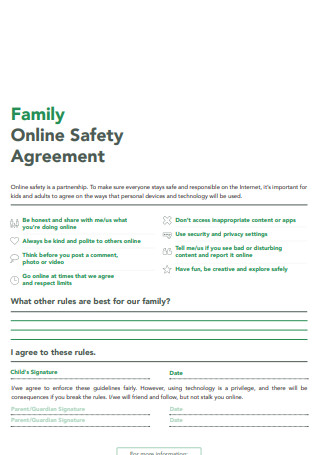
Family Online Safety Agreement
download now -
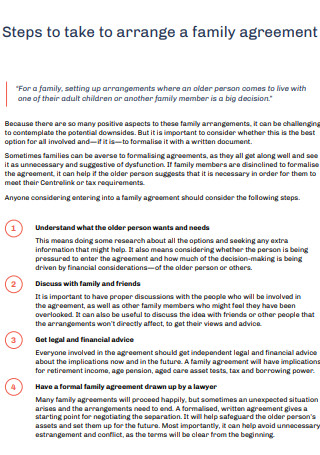
Steps to Take to Arrange a Family Agreement
download now -
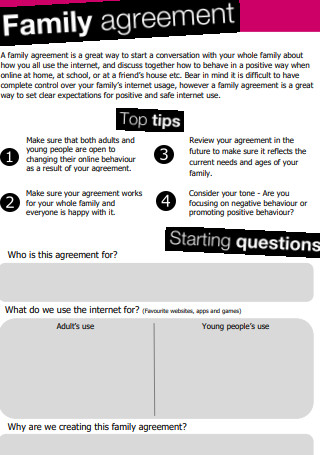
Family Agreement
download now -
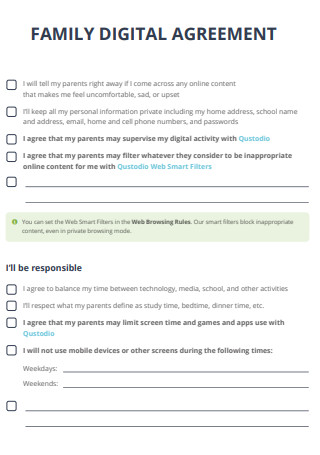
Family Digital Agreement
download now -
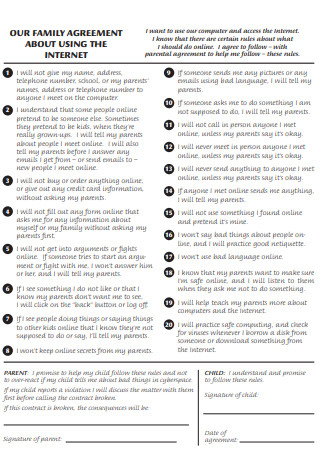
Family Agreement Using of Internet
download now -
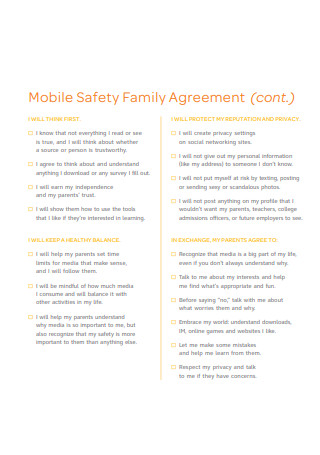
Mobile Safety Family Agreement
download now -
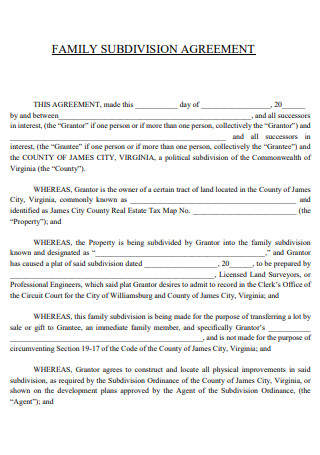
Family Subdivision Agreement
download now -
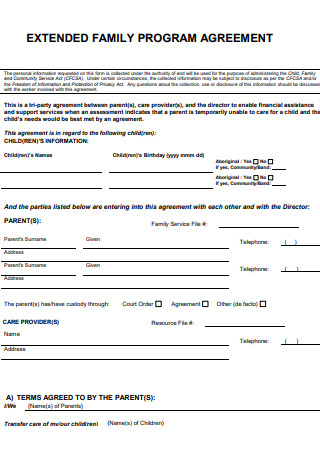
Extended Family Program Agreement
download now -
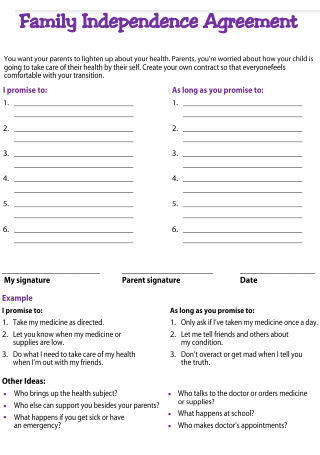
Family Independence Agreement
download now -
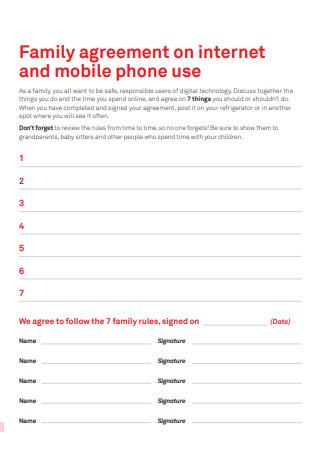
Family Agreement on Internet and Mobile Phone Use
download now -
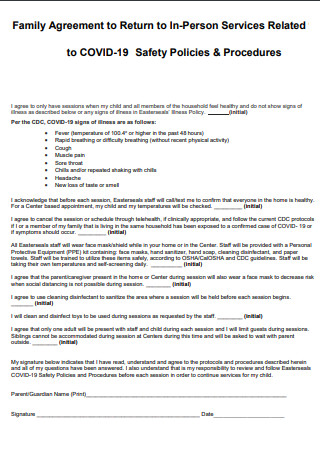
Covid 19 Family Agreement
download now -
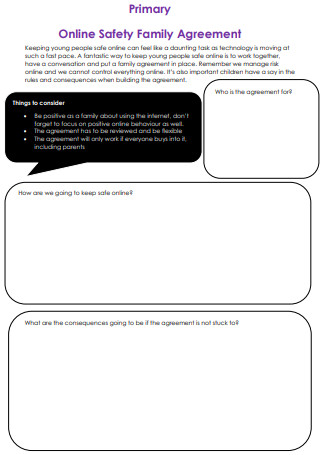
Primary Online Safety Family Agreement
download now -
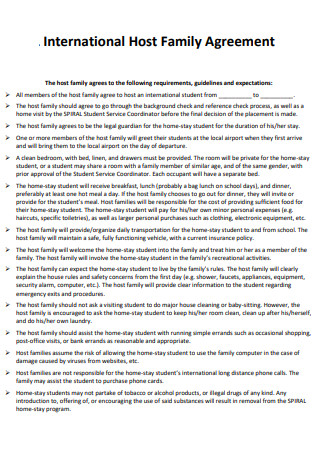
International Host Family Agreement
download now -
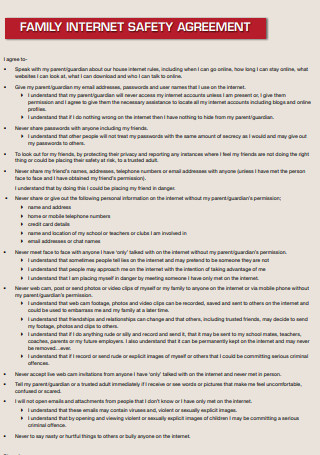
Family Internet Safety Agreement
download now -
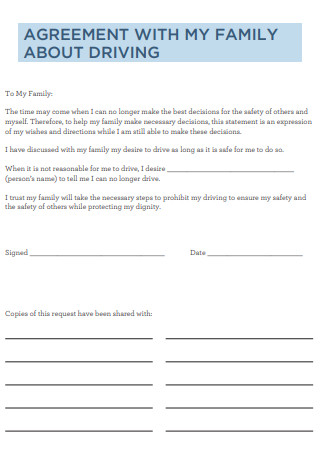
Family Driving Agreement
download now -
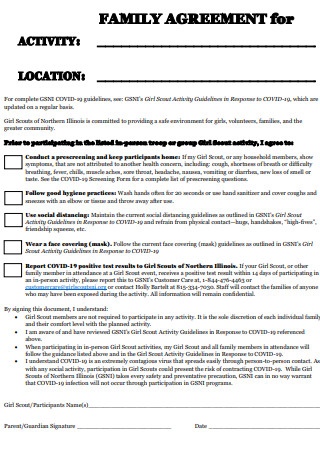
Sample Family Agreement
download now -

Homestay Family Agreement
download now -
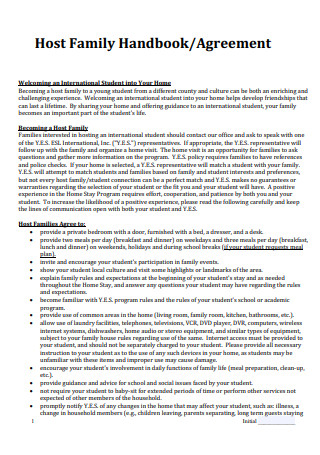
Host Family Handbook Agreement
download now -

Patient and Family Agreement on Opioids
download now -
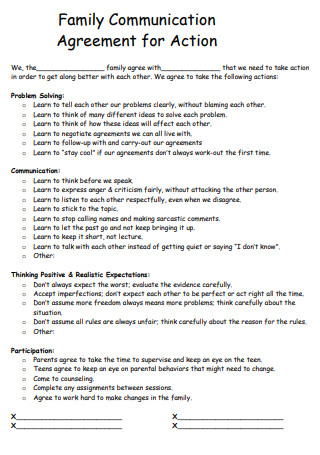
Family Communication Agreement for Action
download now -
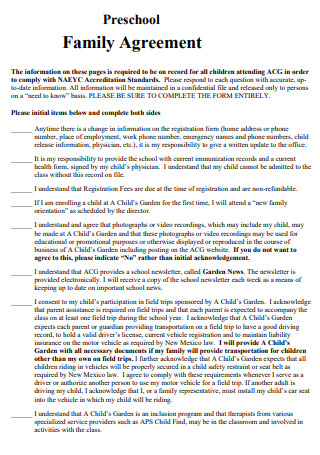
Preschool Family Agreement
download now -
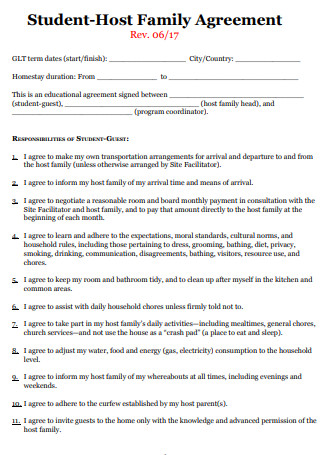
Student Host Family Agreement
download now -
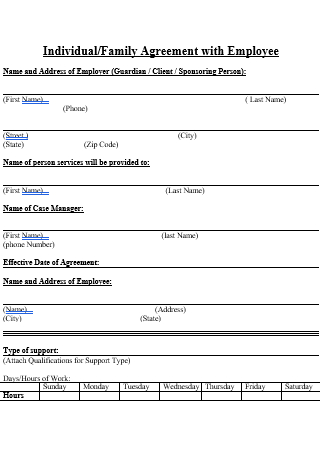
Individual Family Agreement
download now -

Family Farm Agreement
download now -
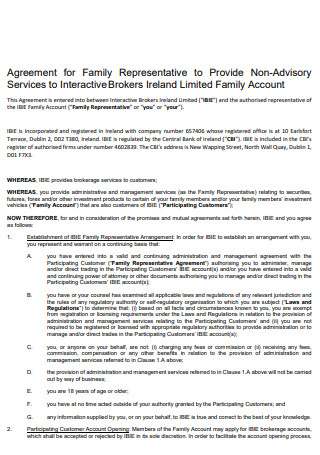
Family Representative Agreement
download now -
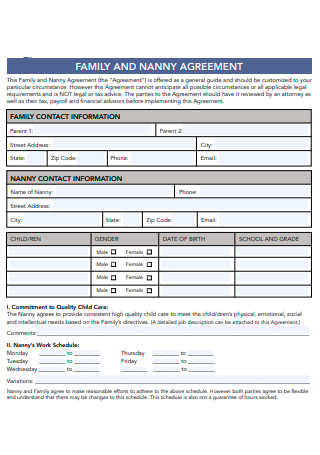
Family and Nanny Agreement
download now -
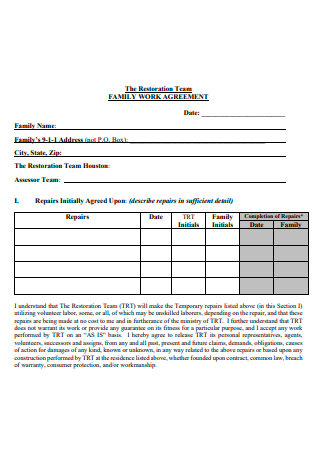
Team Family Work Agreement
download now -
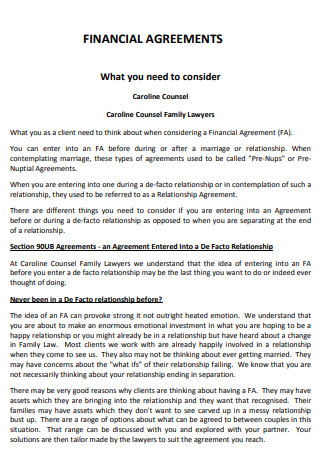
Family Financial Agreement
download now -
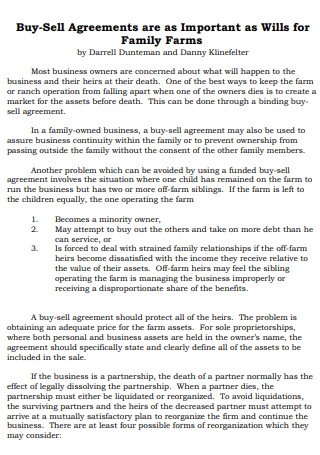
Family Farm Partnership Agreement
download now -
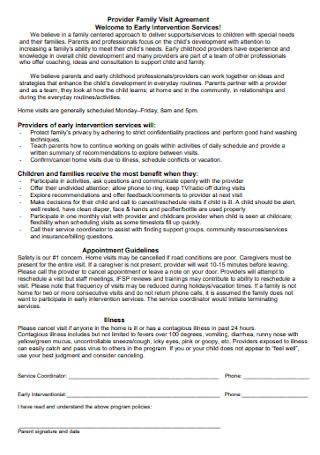
Provider Family Visit Agreement
download now -
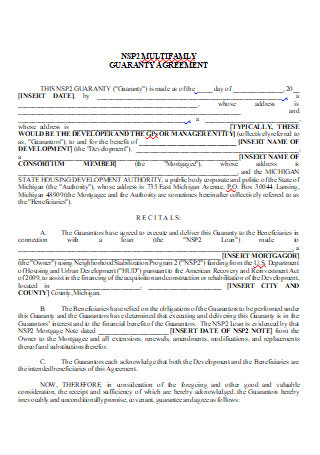
Multi Family Guaranty Agreement
download now -
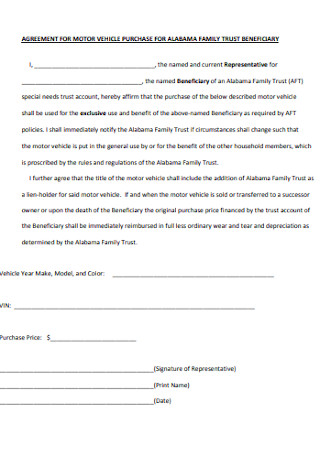
Family Vehicle Purchase Agreement
download now -
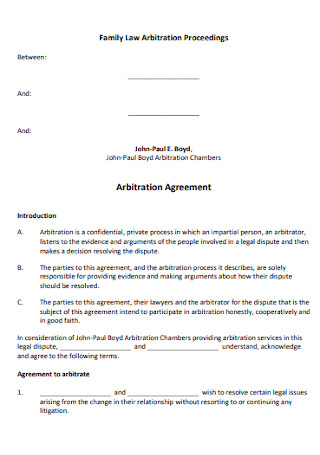
Family Law Arbitration Agreement
download now -

Family Services Retainer Agreement
download now -
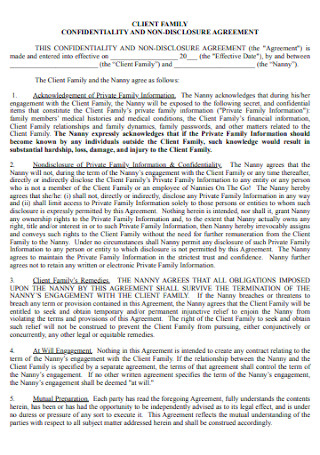
Family Client Confidentiality Agreement
download now -
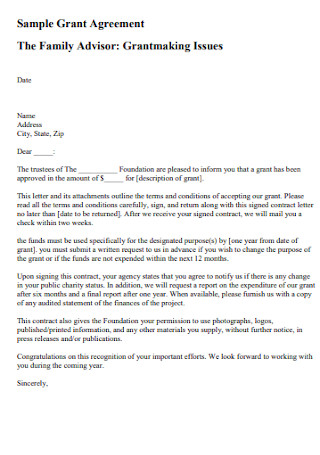
Family Grant Agreement
download now -
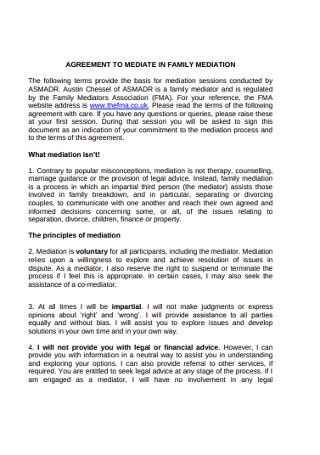
Family Mediation Agreement
download now -
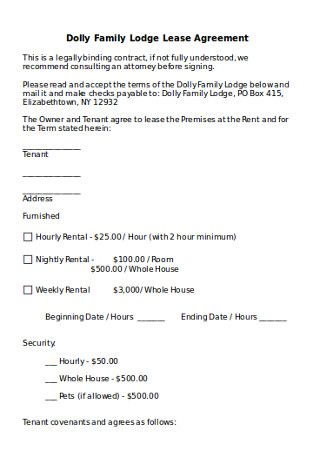
Family Lodge Lease Agreement
download now -
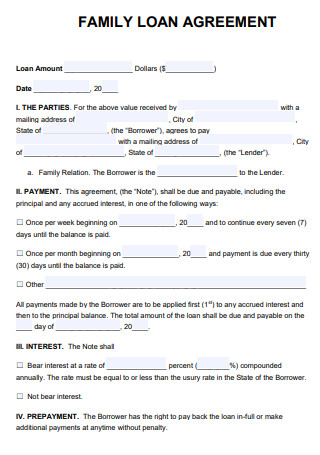
Family Loan Agreement
download now -
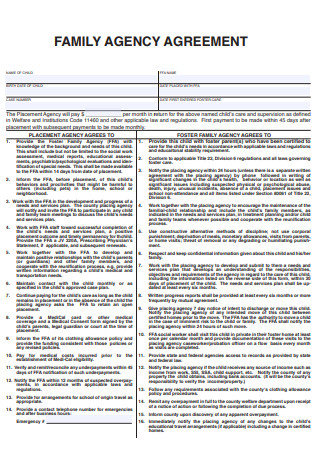
Family Agency Agreement
download now -
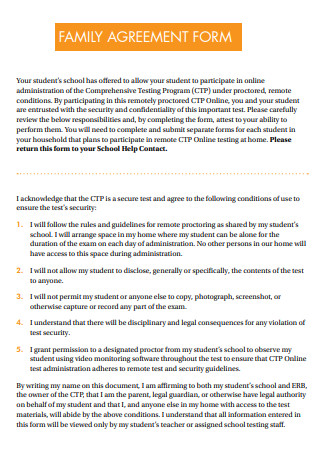
Family Agreement Form
download now -

Family Housing Agreement
download now -
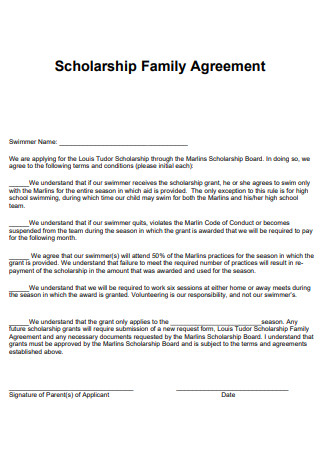
Scholarship Family Agreement
download now -

Family Law Agreement Procedure
download now -
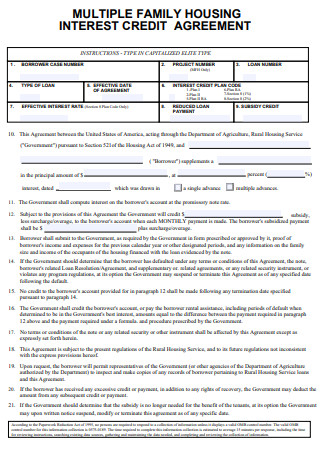
Multiple Family Housing Interest Credit Agreement
download now -
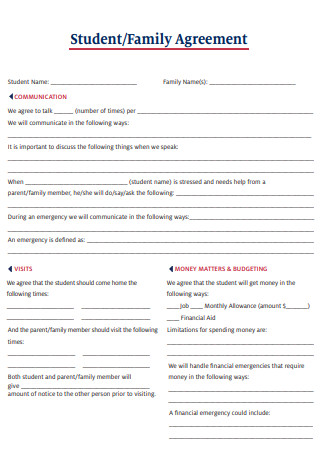
Student Family Agreement
download now -
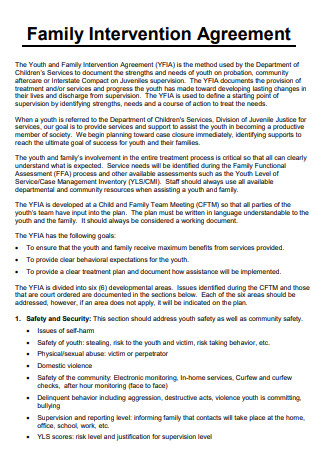
Family Intervention Agreement
download now -
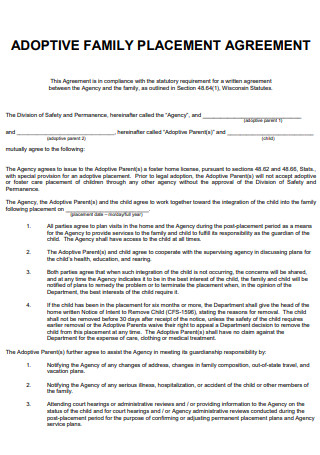
Adoptive Family Placement Agreement
download now -
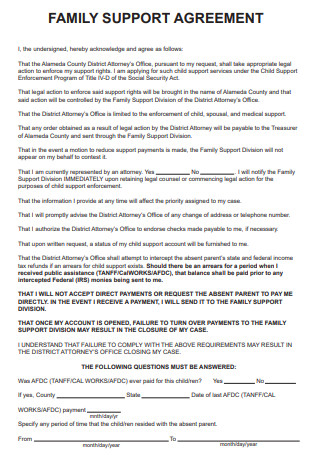
Family Support Agreement
download now -
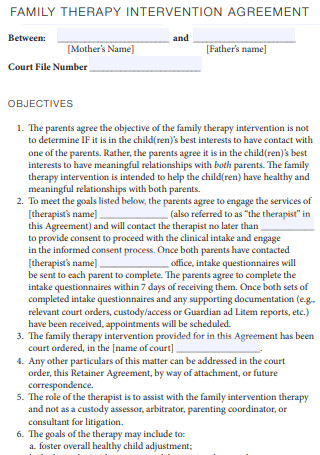
Family Therapy Intervention Agreement
download now
FREE Family Agreement s to Download
50+ SAMPLE Family Agreement
What Is a Family Agreement?
Benefits Of Having a Family Agreement
Tips For Creating a Family Agreement
How to Create a Family Agreement
FAQs
How do you write a family agreement?
Is a family agreement legally binding?
Does a family arrangement need to be registered?
What Is a Family Agreement?
A family agreement is a formal written agreement between members of a family unit. It can be used for various reasons, most commonly estate settlement or management, gadget regulation, and internet usage or safety.
According to an online article by Pew Research Center, 66% of parents in the United States believe that parenting is harder compared to 20 years ago. Technology and social media were cited as a major and common reason. The article further reports that 71% of parents (of a child under the age of 12) are concerned about how much time their child spends in front of screens.
Benefits Of Having a Family Agreement
Unlike a lot of written agreements, a family agreement may not be as formal or professional. It may well be considered a personal and optional arrangement, but it does come with a few advantages. The following are just some benefits you can weigh and consider when crafting a family agreement.
Tips For Creating a Family Agreement
Although optional, a family agreement can create a positive impact within the household. What essentially matters is the content and the commitment to it. There are a number of different ways to ensure that a family agreement remains relevant and impactful. Keep in mind the following tips the next time you’re planning to draft a family agreement.
How to Create a Family Agreement
The content of a family agreement would obviously depend on the kind of agreement made between family members. The subject can range from real estate to social media. If you are looking for faster and more convenient ways to craft an agreement, using a sample template is your best bet. Select a template from above and follow the step-by-step guide below to get started.
Step 1: Parties
The first step is identifying the parties involved in the agreement contract. Since it is a family agreement, the names of the family members ought to be stated. Provide the complete names of each member and their role in the family. Whether it is a nuclear family agreement or an extended family agreement, every party who is subject to the agreement should be explicitly identified. It’s not just adults who are part of a family agreement; children too must be allowed to participate and contribute to the agreement. If a family agreement is to be taken seriously, then all members must be represented and included.
Step 2: Background
After establishing the family members’ identities, provide a clear and thorough background of why the agreement was established. Explain and describe the reasons why a family agreement was needed or what led to its conception. In other worlds, what is the family agreement about? Details are key and all family members should be able to understand the purpose of the agreement. For instance, if the agreement revolves around real estate property, then provide enough information regarding the property. It could be a brief history or general facts about the estate.
Step 3: Terms and Conditions
The bulk of your family agreement should be the terms and conditions. As much as possible, you want to cover all areas of concern and leave little to doubt or chance. Drawing up the right provisions may take time and effort, but it may save you a lot of needless misunderstanding later on. The specific terms would greatly depend on the kind of agreement. For example, if the family agreement centers on the kids’ online safety and security, you need to touch on consequences and regulations that will help enforce that safety. Sample terms could include schedule of device or gadget use, duration of the agreement, grounds for breach of contract, etc.
Step 4: Confirmation
The last step is a simple declaration that all parties consent to the aforementioned terms and conditions. All formal agreements require the parties to affirm their decisions either by submitting their consent or affixing their signature. In the case of a family agreement, all family members must make their formal confirmation on paper. Make sure to leave adequate space at the bottom of the agreement for all participating parties to sign their names and the date. This final act of acknowledging the terms and conditions is standard practice in most written agreements.
FAQs
How do you write a family agreement?
To write a family agreement, you need to establish the reason and purpose for the agreement. Once you’ve determined the participating parties, provide a brief background and come up with a comprehensive list of terms and conditions. Refer to the instructional guide above for more detailed directions on how to create a family agreement.
Is a family agreement legally binding?
A family agreement may be legally binding if it is publicly notarized or the parties have chosen to engage the services of a legal team. Otherwise, a family agreement is not necessarily legally binding.
Does a family arrangement need to be registered?
Not necessarily. Depending on state or federal laws, a family agreement does not typically need to be registered.
A family agreement can be a great way to clear up any issues within the family. What matters is that the agreement still embodies respect for all members and reflects the core values of a family. Browse the sample templates above to get started on your own family agreement today!
